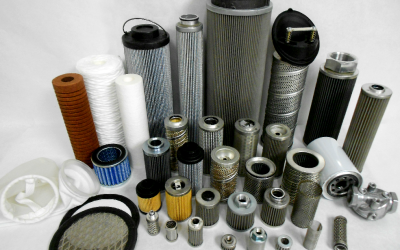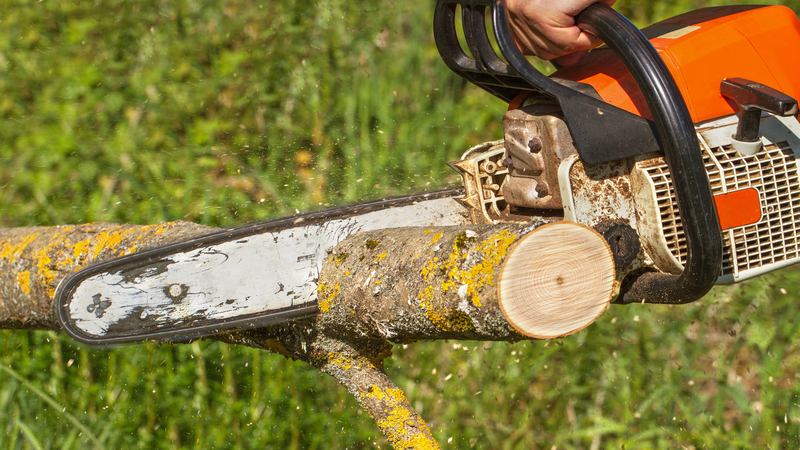Tile installations can transform any space, offering a sleek, professional look that enhances both aesthetics and functionality. However, achieving a flawless finish requires more than just choosing the right tiles. Mastering the use of an adhesive trowel is a crucial step in ensuring your tiles are perfectly aligned and securely affixed. In this article, we will explore essential adhesive trowel techniques that can elevate your tiling projects.
Understanding the Role of the Adhesive Trowel
An adhesive trowel is a specialized tool designed to spread adhesive evenly across surfaces before laying tiles. Its design includes notched edges, which help control the thickness of the adhesive layer, ensuring a strong bond between the tile and the substrate. Whether you’re a DIY enthusiast or a professional installer, understanding how to use this tool effectively can make a significant difference in the outcome of your project.
Choosing the Right Trowel
Before diving into techniques, it’s important to select the right trowel for your specific needs. The size and shape of the notches on a trowel determine the amount of adhesive that will be applied. Here are some guidelines to help you choose:
• Small Tiles (up to 4 inches): Use a trowel with smaller notches, such as 1/4 x 1/4 inch, to prevent excessive adhesive from oozing out.
• Medium Tiles (4 to 12 inches): Opt for a 1/4 x 3/8 inch trowel to ensure adequate coverage without over-application.
• Large Tiles (over 12 inches): A 1/2 x 1/2 inch trowel is ideal for providing sufficient adhesive to support the weight and size of larger tiles.
Selecting the correct trowel is the first step towards achieving a smooth and durable tile installation.
Mastering Application Techniques
Once you’ve chosen the appropriate adhesive trowel, mastering its use is essential. Here are some key techniques:
1. Preparation: Ensure the surface is clean, dry, and free of debris. This is crucial for a strong adhesive bond.
2. Adhesive Mixing: Follow the manufacturer’s instructions for mixing adhesive. Consistency is key; it should be smooth and lump-free.
3. Spreading Adhesive: Hold the trowel at a 45-degree angle and spread the adhesive over the surface. Use the flat side to apply a thin, even layer before switching to the notched side.
4. Notch Direction: Always run the notches in straight lines, maintaining consistent pressure. This creates channels for air to escape, preventing air pockets under the tiles.
5. Tile Placement: Press tiles firmly into place, using spacers to maintain even gaps. Wiggle the tile slightly to ensure full adhesive contact.
Troubleshooting Common Issues
Even with the best techniques, issues can arise. Here are some tips to troubleshoot common problems:
• Uneven Adhesive: If the adhesive appears uneven, adjust the angle of the trowel or the pressure applied.
• Air Pockets: Ensure notches are straight and consistent to allow air to escape.
• Excess Adhesive: Use a smaller notched trowel or adjust the angle to reduce adhesive application.
Mastering adhesive trowel techniques is essential for achieving flawless tile installations. By selecting the right trowel, applying adhesive correctly, and addressing common issues, you can ensure that your tiles are both aesthetically pleasing and securely affixed. Whether you’re working on a small bathroom or a large kitchen, these techniques will empower you to produce professional results. With practice and attention to detail, you’ll be able to transform any space with confidence and precision.


